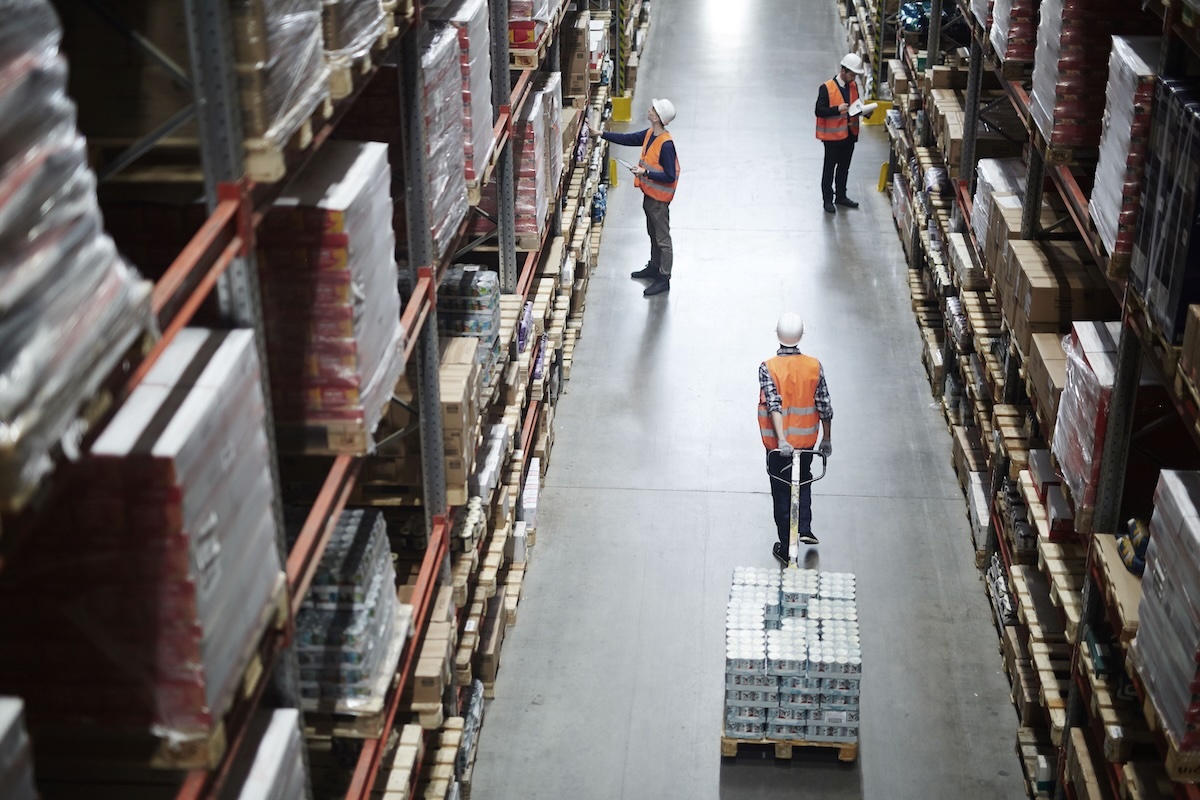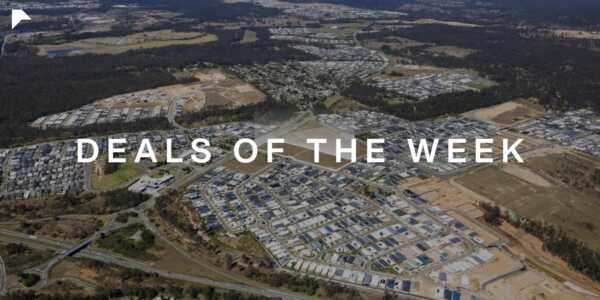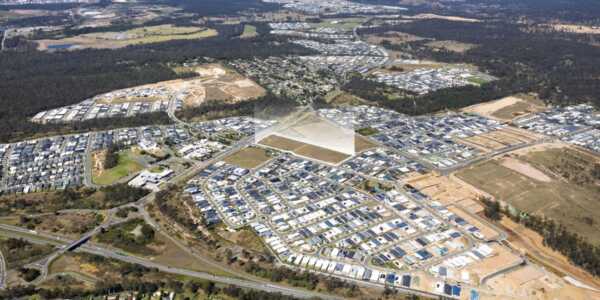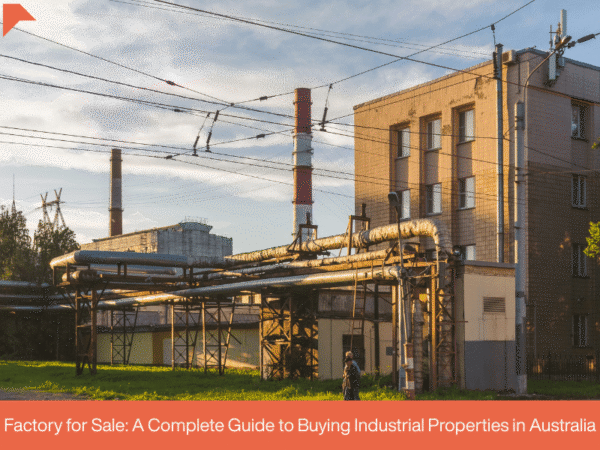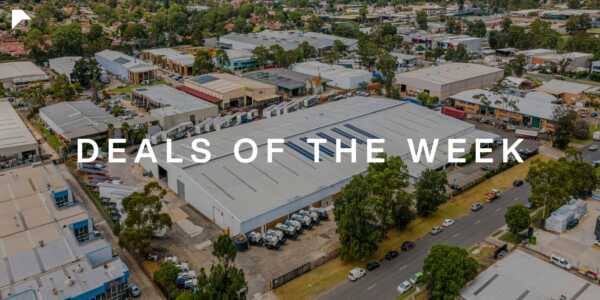Australia’s national industrial and logistics vacancy rate has lifted slightly to 2.8% but remains one of the lowest in the world.
New figures from CBRE’s 2025 Australia Industrial & Logistics Vacancy Report reveal that while more space is coming online, demand for well-located, high-quality facilities is still strong.
CBRE’s Head of Industrial & Logistics and Data Centre Research Australia, Sass Jalili, said the modest rise reflects a market settling after several years of intense pressure.
“While vacancy has increased across all markets, it remains below the 4% ‘equilibrium’ threshold and remains one of the lowest globally,” Ms Jalili said.
“Rising vacancy levels over the past two years reflect normalised demand levels, however, a 2.8% vacancy rate is still – in relative terms - extremely tight.”
Core Locations in High Demand
The report shows new speculative builds in outer metro areas are helping to ease pressure in some cities.
But the additional space hasn’t translated into weaker demand.
Prime infill locations remain in short supply, with competition high for modern facilities close to transport and population hubs.
In contrast, mid-size and secondary-grade stock is slower to lease, with letting periods now typically three to six months.
“Newer facilities allow occupiers to be far more efficient in terms of storage and distribution, so we expect new supply will continue to be well received,” said Michael O’Neill, CBRE Regional Director Pacific Industrial & Logistics and Managing Director of Western Sydney.
“Occupier demand is gaining momentum and vacancy is coming from a low baseline, so the flight to quality will continue.”
Landlords are also adjusting to the slower leasing cycle.
“Incentives have continued to gradually increase in 2025, for both new deals and renewals,” Mr O’Neill said.
“Owners with existing vacancy are increasingly aware that occupiers need a strong incentive to justify the cost and disruption caused by relocating.”
Land Shortage Threatens Long-Term Supply
While near-term supply has increased, the future development pipeline is under pressure.
A chronic shortage of zoned and serviced industrial land, especially in infrastructure-rich urban corridors, is limiting new project starts.
At the same time, e-commerce, population growth and food logistics demand remain strong, suggesting that supply challenges will persist well beyond 2025.
Ms Jalili said a structural shortage of zoned and serviced land is likely to constrain future development.
“Australia will see a decrease in logistics supply from 2025-2027 forecast, with new completions expected to average 1.9 million sqm per year,” she said.
“This will be below the annual average of 2.1 million sqm of structural demand CBRE estimates is required by the e-commerce sector, population growth, and the food and beverage sector.”
Capital City Snapshot
Sydney: An influx of new stock in the west is loosening what was once one of the country’s tightest industrial markets. Vacancy rose from 2.1% to 2.5%, with the Inner South West recording the sharpest increase. Speculative developments in emerging precincts such as Kemps Creek and the Outer West are giving occupiers more options, placing pressure on rents and driving more flexible leasing terms.
Melbourne: Melbourne’s industrial market is showing a clear divide, with some precincts running hot and others demonstrating signs of saturation. Vacancy climbed from 3.6% to 4.3%, with broad increases across all regions. While the South East and East remain tightly held - both sitting below 2% - some areas in the West are now seeing vacancy rates above 5%. Sub-lease availability is 18%, mostly concentrated in the West.
Brisbane: Brisbane’s industrial vacancy is on the rise - but it’s large speculative builds, not falling demand, behind the shift. Vacancy increased from 2.8% to 3.2% following the completion of several developments over 20,000 sqm. Sub-lease space remains limited at just 5% of total vacancy, and many larger leasing deals are expected to settle in the second half of the year.
Perth: Perth continues to defy national trends, with space becoming even harder to find in Australia’s most supply-constrained markets. Vacancy has fallen from 1.4% to 1.2%, underpinned by strong local demand, limited land availability, and a rise in population-driven logistics activity. Some backfill stock is expected to emerge later this year, but the near-term outlook remains one of scarcity.
Adelaide: Stability is the story in Adelaide, where vacancy is low, leasing is brisk, and options are scarce. Vacancy held at 1.6% - the second-lowest nationally. Letting periods remain short, and turnover is modest, which is further evidence of a supply-constrained environment.



